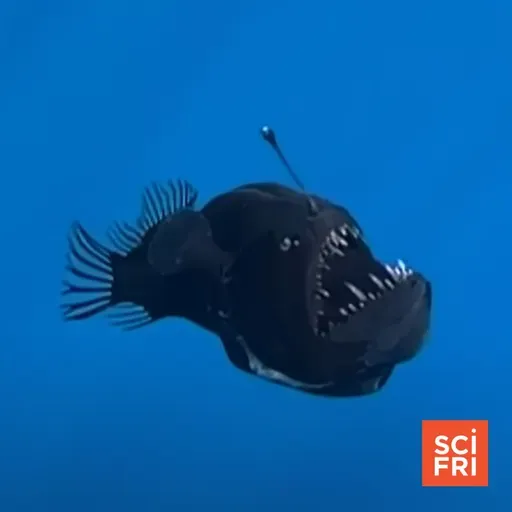
Tomb Of Egyptian King Unearthed | Why The Internet Was Captivated By A Hideous Fish
Science FridayFinding the original tomb of the royal is one of the most significant developments in Egyptian archeology in recent history. Also, a video of a gloriously creepy anglerfish inspired tears and poetry online. But why was this deep-sea dweller near the surface at all?
Royal Tomb Of Egyptian King Thutmose II UnearthedA British-Egyptian team has made one of the most significant Egyptian archeological finds in recent history: the tomb of pharaoh King Thutmose II, who ruled sometime between 2000 and 1001 BCE. This is the first tomb of a pharaoh unearthed since Tutankhamun’s in 1922.
Thutmose II’s mummified remains were found two centuries ago, but they had been moved from his original tomb, the location of which remained a mystery until now. Part of the reason why his tomb’s location was such a mystery was that Thutmose II was buried in an area associated with the wives of Egyptian kings, about 1.5 miles west of Egypt’s famous Valley of the Kings.
Joining Host Flora Lichtman to talk about this and other science stories of the week is Maggie Koerth, science writer and editorial lead of CarbonPlan, based in Minneapolis, Minnesota.
Why The Internet Was Captivated By A Hideous FishLast week, a viral video likely floated to the top of your feed: a rare black seadevil anglerfish, which looks like a floating head with a frightening amount of teeth and two cloudy eyes, swimming in azure waters. The fish showed up near Spain’s Canary Islands, off the northwestern coast of Africa. It made the news because it was spotted near the surface, while anglerfish normally reside in the deep ocean.
So why was she paddling so close to the surface? Was she sick? How unusual is this? And also, why do they even look like that? We had questions.
Host Flora Lichtman talks with Dr. Kory Evans, assistant professor of biosciences at Rice University, to separate fact from fish-ction. He also explains new research he helped conduct about the evolutionary history of anglerfish, which could help explain why they look the way they do.
Transcripts for each segment will be available after the show airs on sciencefriday.com.
Subscribe to this podcast. Plus, to stay updated on all things science, sign up for Science Friday's newsletters.
